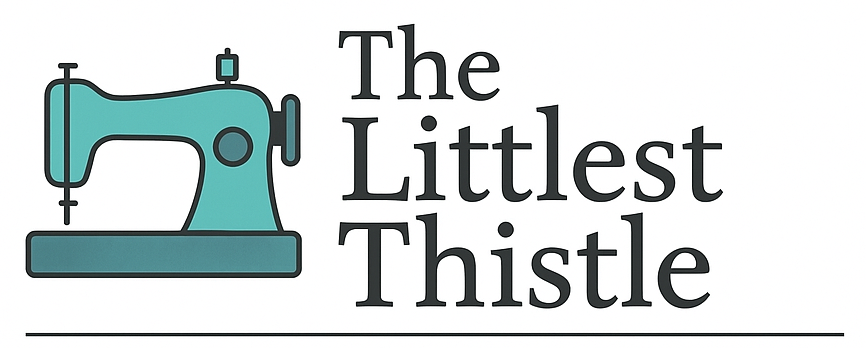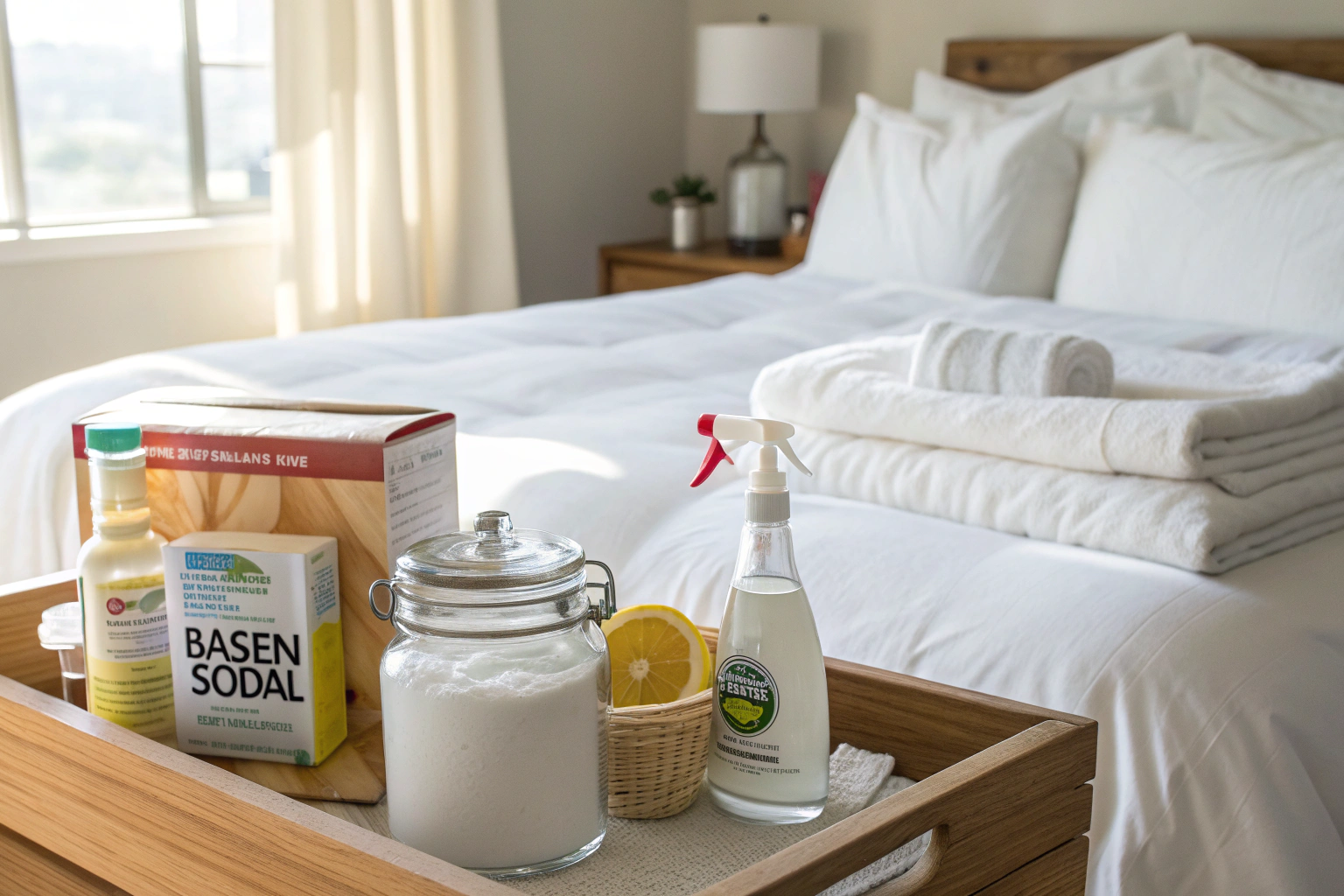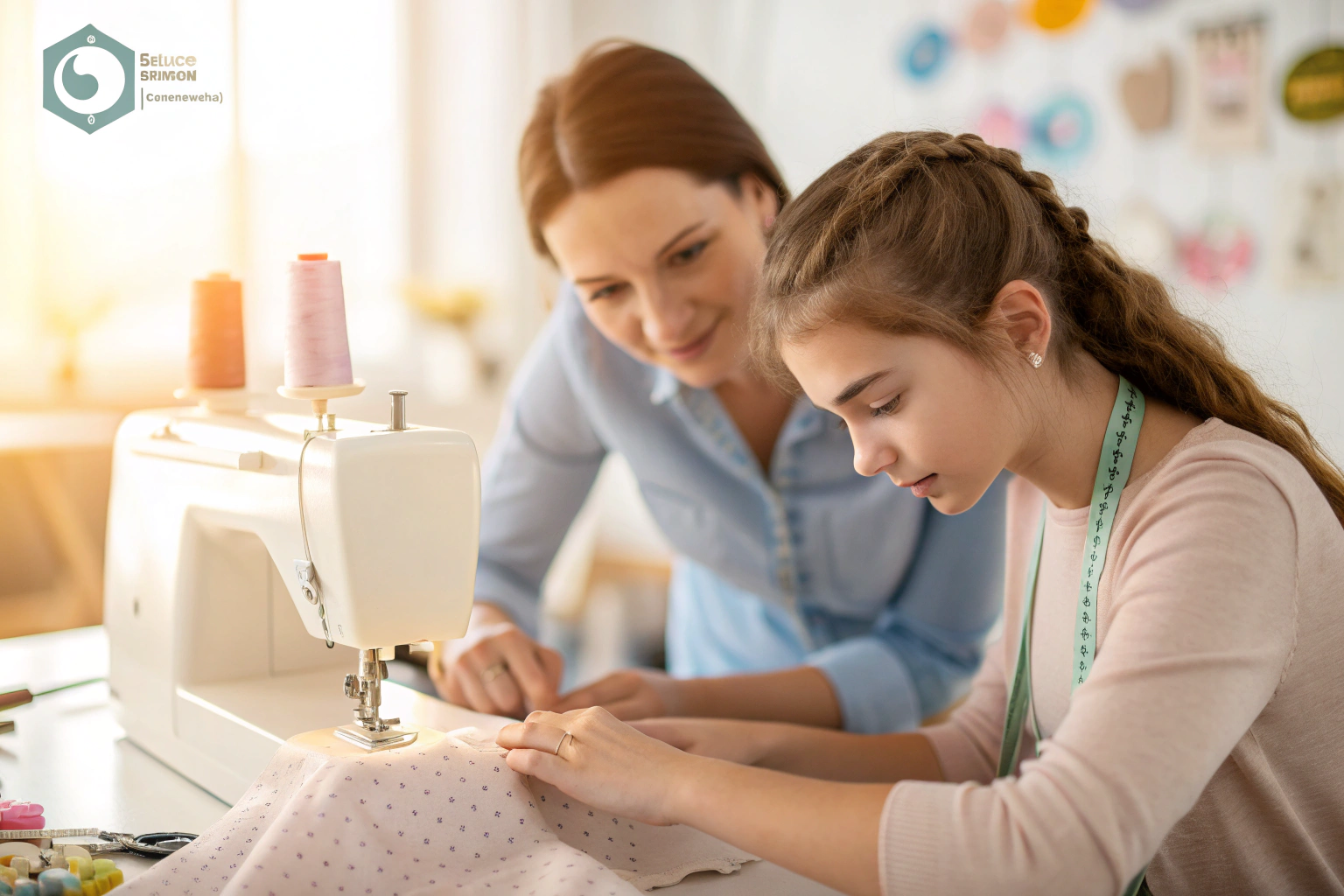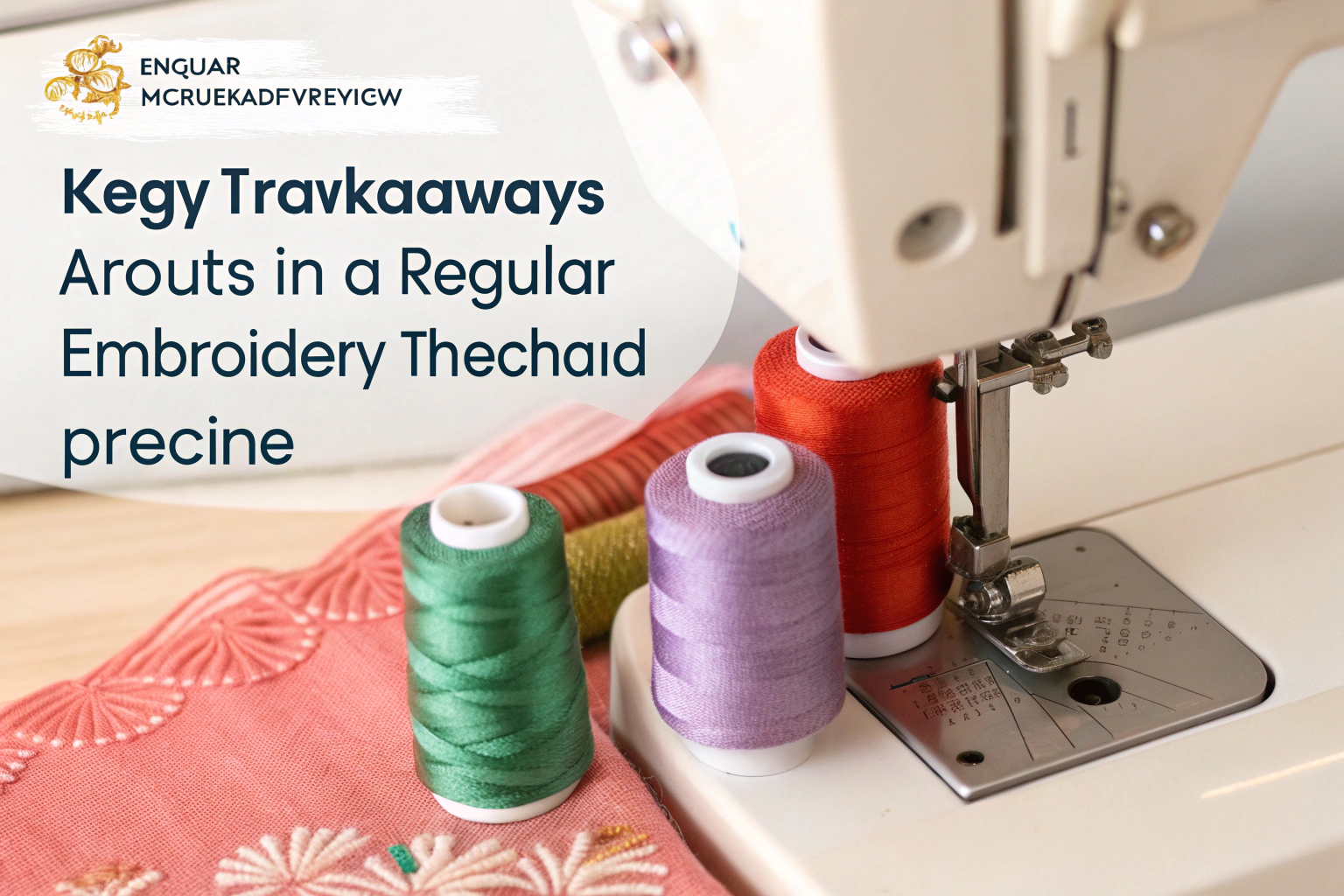Knowing how to whiten sheets helps restore their bright, fresh appearance by removing unsightly yellowing and dinginess. This discoloration is often caused by a buildup of body oils, sweat, and skincare products that oxidize over time. Using the right techniques not only brightens fabric but also extends the life of your bedding by breaking down these residues without damaging the fibers. Many effective methods rely on simple, non-toxic household ingredients.
Key Benefits at a Glance
- Restore Brightness Safely: Revive your sheets’ original crisp white color without using harsh chemicals that can weaken fabric fibers over time.
- Save Money: Extend the lifespan of your favorite bedding, delaying the need to purchase expensive new sets.
- Achieve Long-Lasting Results: Learn methods that remove deep-set stains and residue, helping to prevent future yellowing.
- Use Accessible Ingredients: Many of the most effective solutions, like baking soda and vinegar, are affordable and already in your home.
- Protect Fabric Integrity: Gentle whitening techniques are safe for most common bedding materials, including cotton and linen, ensuring they remain soft and comfortable.
Purpose of this guide
This guide is for anyone struggling with dull, yellowed, or discolored white bedding. It solves the common problem of sheets losing their brightness, even after regular washing. Here, you will find simple, step-by-step instructions for whitening your sheets using both laundry boosters and common household products. We will also cover crucial mistakes to avoid, such as overusing chlorine bleach, which can actually cause yellowing. By following these tips, you will learn how to effectively restore and maintain a brilliant white color, making your bed feel cleaner and more inviting.
Introduction: The Challenge of Keeping Sheets White
There's nothing quite like the disappointment of pulling your once-pristine white sheets from the dryer only to discover they've turned an unsightly shade of yellow or gray. As someone who has spent years researching fabric care and testing countless whitening methods, I understand this frustration intimately. After extensive trial and error with everything from grandmother's remedies to modern commercial products, I've developed a comprehensive approach that actually works.
- Natural methods using household items like vinegar and baking soda
- Hydrogen peroxide as a gentle bleach alternative
- Commercial oxygen bleach products for stubborn stains
- Proper washing techniques and water temperature settings
- Prevention strategies to maintain whiteness long-term
Understanding Why White Sheets Turn Yellow and Dingy
The science behind sheet discoloration is more complex than most people realize. Body oils, sweat, and natural skin secretions penetrate deep into fabric fibers, creating protein-based stains that regular detergent simply can't eliminate. These organic compounds oxidize over time, causing the characteristic yellow tinge that makes even expensive sheets look dingy and old.
Yellowing is often caused by body oils, sweat, and detergent buildup—just like protein-based stains on denim. For stubborn organic residues, pre-treat with enzyme-based cleaners before washing: How to Get Blood Out of Jeans.
Environmental factors compound the problem significantly. Hard water minerals build up in fabric fibers, while detergent residue accumulates with each wash cycle. Even seemingly innocent skincare products and lotions transfer to your sheets during sleep, creating a perfect storm of discoloration that traditional washing methods cannot address effectively.
- Body oils and natural skin secretions that penetrate fibers
- Sweat and moisture creating protein-based stains
- Skincare products and lotions transferring to fabric
- Hard water minerals building up over time
- Detergent residue accumulating in fabric fibers
- Environmental factors like dust and air pollutants
Essential Supplies for Whitening Sheets
Through years of organizing my laundry area for maximum efficiency, I've discovered that having the right supplies readily available makes all the difference. I keep my whitening arsenal divided into two categories: common household items that work surprisingly well, and commercial products I've tested extensively for their effectiveness on different types of yellowing.
The beauty of sheet whitening lies in the fact that many of the most effective solutions are already sitting in your kitchen pantry. These natural ingredients work by breaking down protein stains, neutralizing odors, and gently lifting discoloration without the harsh chemicals found in traditional bleaches.
Household Items:
- White vinegar (distilled for best results)
- Baking soda (pure sodium bicarbonate)
- Fresh lemon juice or bottled lemon juice
- 3% hydrogen peroxide from pharmacy
- Borax powder (sodium borate)
- Coarse salt for scrubbing action
Commercial Products:
- OxiClean White Revive or similar oxygen bleach
- Liquid bluing agent (Mrs. Stewart’s or similar)
- Enzyme-based laundry detergent
- Color-safe bleach alternatives
- Fabric whitener sprays for spot treatment
Natural Whitening Methods That Actually Work
My philosophy has always been to try natural methods first before resorting to harsh chemicals, especially after discovering that my sensitive skin reacts poorly to traditional bleaches. Through extensive testing, I've found that natural whitening agents are not only gentler on both fabric and skin, but they're also remarkably effective when used correctly.
Always prewash natural fibers like cotton sheets to prevent shrinkage and ensure even whitening results: Turn Prewash Into the Essential Laundry Step You Never Skip.
The key to success with natural whitening lies in understanding how each ingredient works and combining them strategically. Unlike commercial bleaches that work through harsh chemical reactions, natural whiteners break down stains through gentler enzymatic processes and pH adjustments that restore fabric's original brightness without causing damage.
For those interested in environmental impact, explore sustainable laundry tips.
The Vinegar and Baking Soda Magic Combo
My discovery of the vinegar and baking soda combination came after years of using each ingredient separately with mediocre results. The magic happens when you use them correctly in your washing machine, adding them at different points in the cycle to prevent them from neutralizing each other. This method saved an expensive set of Egyptian cotton sheets that I thought were permanently ruined by years of neglect.
The science behind this combination is fascinating: baking soda acts as a gentle abrasive and pH buffer, while vinegar dissolves mineral deposits and soap residue. When used in sequence rather than mixed together, they create a powerful one-two punch that tackles multiple causes of yellowing simultaneously.
- Add 1 cup baking soda directly to washing machine drum with sheets
- Pour 1 cup white vinegar into fabric softener compartment
- Set water temperature to hot (unless fabric care label prohibits)
- Run complete wash cycle with regular detergent amount
- Check results and repeat if needed for heavily yellowed sheets
Lemon Juice: Nature's Bleach Alternative
Through researching historical laundering methods, I discovered that lemon juice has been used as a natural bleaching agent for centuries. The citric acid in lemons breaks down organic stains while the natural enzymes brighten fabric fibers. I've achieved remarkable results combining lemon juice with sunlight exposure, recreating the traditional whitening methods our grandmothers used.
The concentration matters significantly with lemon juice. Too little won't be effective, while too much can weaken certain fabrics over time. After extensive testing on various sheet materials, I've found the perfect ratio that maximizes whitening power while preserving fabric integrity.
- Mix 1/2 cup fresh lemon juice with 1 gallon hot water
- Soak sheets in lemon solution for 1-2 hours before washing
- Add regular detergent and wash in hottest water safe for fabric
- Hang sheets in direct sunlight while damp for enhanced bleaching
- Air dry completely in sun for 2-4 hours for maximum whitening
Sun-Drying: The Forgotten Whitening Technique
Modern convenience has made us forget one of nature's most powerful whitening agents: ultraviolet light. I rediscovered this technique when my dryer broke during a particularly busy week, forcing me to hang my freshly washed sheets outside. The results were so impressive that sun-drying became a permanent part of my whitening routine.
UV rays naturally break down the molecular bonds in organic stains, essentially bleaching them away without any chemical intervention. The key is timing and positioning – I've found that 2-4 hours of direct sunlight provides optimal results without risking UV damage to the fabric fibers.
Borax Treatment for Stubborn Yellow Stains
Borax became my secret weapon after traditional methods failed on a set of vintage linen sheets I inherited from my grandmother. These sheets had decades of yellowing that seemed impossible to remove, but the borax treatment brought them back to their original pristine condition. The mineral composition of borax makes it particularly effective against protein-based stains that cause yellowing.
My technique involves creating a concentrated borax solution that penetrates deep into fabric fibers, breaking down accumulated oils and residues. The key is proper dissolution and timing – too short and it won't penetrate, too long and it can weaken delicate fibers.
Supplies Needed:
- 1/2 cup borax powder
- Hot water for dissolving
- Large soaking container or bathtub
- Rubber gloves for handling
- Regular laundry detergent
- Dissolve 1/2 cup borax in hot water until completely dissolved
- Submerge yellowed sheets in borax solution for 30 minutes
- Transfer sheets to washing machine without rinsing
- Add regular detergent and wash in hot water cycle
- Rinse thoroughly and check results before drying
Hydrogen Peroxide: The Middle-Ground Solution
My journey with hydrogen peroxide began when I needed a safer alternative to chlorine bleach for my family's bedding. The science is elegant in its simplicity: hydrogen peroxide releases oxygen molecules that break down stain compounds, then decomposes into harmless water and oxygen. This makes it incredibly effective while remaining gentle enough for regular use.
Through extensive testing, I've developed a precise formula that maximizes whitening power while minimizing any potential fiber damage. The 3% concentration found in most pharmacies is perfect for home use, providing professional-level results without the risks associated with stronger bleaching agents.
| Factor | Hydrogen Peroxide | Chlorine Bleach |
|---|---|---|
| Fabric Safety | Gentle on most fabrics | Can weaken fibers over time |
| Color Safety | Won’t yellow or damage colors | Can cause yellowing on some fabrics |
| Environmental Impact | Breaks down to water and oxygen | Creates harmful chlorinated compounds |
| Effectiveness | Good for organic stains | Stronger but harsher whitening |
| Skin Sensitivity | Less irritating to skin | Can cause burns and irritation |
Commercial Whitening Products I Recommend
After systematically testing dozens of commercial whiteners over the years, I've narrowed down my recommendations to products that consistently deliver results. Each product on my list has earned its place through real-world testing in my own home, often on sheets that seemed beyond saving. I evaluate products not just on effectiveness, but also on fabric safety, environmental impact, and overall value.
My testing process involves treating identical stains with different products, then comparing results after multiple wash cycles. This approach has revealed that some expensive products perform no better than budget alternatives, while certain specialized formulas excel in specific situations that general-purpose whiteners can't handle.
The key insight from my research is that different yellowing causes require different solutions. Protein-based stains from body oils respond best to enzyme-based products, while mineral deposits from hard water need chelating agents, and general dingy appearance benefits most from oxygen-based bleaches.
| Product | Effectiveness | Fabric Gentleness | Environmental Impact | Cost |
|---|---|---|---|---|
| OxiClean White Revive | Excellent | Very Good | Good | Moderate |
| Tide Whites + Brights | Very Good | Good | Fair | Moderate |
| Seventh Generation Chlorine-Free Bleach | Good | Excellent | Excellent | Higher |
| Arm & Hammer Clean Burst | Good | Very Good | Good | Lower |
Learn more about whitening products for specific guidance.
OxiClean and Other Oxygen Bleach Products
OxiClean became my go-to commercial whitener after it successfully restored a set of sheets from my son's college apartment that I honestly thought were destined for the trash bin. The sodium percarbonate formula releases oxygen when dissolved in water, creating a powerful yet gentle whitening action that works particularly well on organic stains and general yellowing.
What sets oxygen bleach apart from chlorine alternatives is its ability to work effectively in cooler water temperatures while being safe for most fabric types. I've found it especially effective when combined with enzyme detergents, as the oxygen action enhances the enzyme activity for superior stain removal on protein-based discoloration.
Liquid Bluing: An Old-School Secret
My grandmother introduced me to liquid bluing, a traditional whitening method that works through optical illusion rather than stain removal. By adding a microscopic amount of blue dye to white fabrics, it counteracts yellow tones and makes sheets appear brilliantly white. This technique requires precision – too much creates blue streaks, too little has no effect.
The science behind bluing is based on color theory: blue and yellow are complementary colors, so a tiny amount of blue neutralizes yellow tints that make white sheets look dingy. I've perfected a dilution method that ensures even distribution without risking permanent blue staining, making this century-old technique accessible for modern washers.
My Step-by-Step Process for Brilliantly White Sheets
After years of research and countless experiments, I've developed what I call my "ultimate whitening protocol" – a comprehensive system that addresses every aspect of sheet whitening from initial assessment through final storage. This process incorporates fabric science principles with practical techniques that work in real-world conditions, not just laboratory settings.
The foundation of my system is understanding that effective whitening requires a methodical approach. Random application of different products often leads to disappointing results or even fabric damage. My protocol follows a specific sequence designed to maximize effectiveness while protecting fabric integrity, ensuring your sheets get whiter with each treatment rather than gradually deteriorating.
Temperature control plays a crucial role throughout the process. Hot water activates most whitening agents more effectively, but different fabrics require different approaches. I've developed specific guidelines for each common sheet material, taking into account both whitening effectiveness and long-term fabric preservation.
The final critical element is timing. Each step in my process has an optimal duration based on extensive testing. Too short and the whitening agents don't have time to work; too long and you risk fiber damage or chemical residue buildup that actually makes sheets look duller over time.
- Sort sheets by fabric type and level of yellowing
- Pre-treat any visible stains with appropriate spot treatment
- Pre-soak heavily yellowed sheets for 30 minutes to 2 hours
- Load washing machine without overcrowding for proper agitation
- Add whitening agent of choice plus regular detergent
- Select hottest water temperature safe for fabric type
- Run complete wash cycle with extra rinse if needed
- Check results before drying – repeat wash if necessary
- Dry using preferred method (sun-drying for best results)
- Store properly to prevent future yellowing
Pre-Soaking for Maximum Whitening
The revelation that proper pre-soaking often determines success or failure came after years of wondering why identical treatments produced different results. Pre-soaking allows whitening agents to penetrate deep into fabric fibers and begin breaking down accumulated stains before the mechanical action of washing begins. This preparation phase is especially crucial for sheets with heavy yellowing or stubborn stains.
My pre-soaking technique involves more than just submerging sheets in solution. I've developed a gentle agitation method that enhances penetration without damaging fibers, plus specific timing guidelines based on fabric type and discoloration level. The water temperature and container choice also matter significantly – factors I discovered through extensive trial and error.
The Perfect Wash Cycle for White Sheets
Washing machine settings can make or break your whitening efforts, yet most people use whatever settings they've always used without considering their specific whitening goals. Through testing various combinations of water temperature, cycle length, and agitation levels, I've identified the optimal settings for different types of white sheets and yellowing conditions.
My approach varies the wash cycle based on fabric type and discoloration severity. Cotton sheets can handle aggressive settings that would damage delicate blends, while heavily yellowed sheets benefit from extended wash times that might be unnecessary for routine maintenance cleaning. Load size also affects results – counterintuitively, using a larger water setting even for small loads often produces better whitening.
- Water Temperature: Hot (130-140°F) for cotton, warm for blends
- Cycle Type: Heavy duty or deep clean for best agitation
- Load Size: Medium to large setting even for small loads
- Spin Speed: High speed for maximum water extraction
- Extra Options: Add extra rinse cycle to remove all residue
The Two-Cycle Method for Severely Yellowed Sheets
Some sheets seem beyond saving – those with years of accumulated yellowing that resist even the most aggressive single treatments. For these challenging cases, I developed a two-cycle method that attacks different aspects of discoloration sequentially. This technique saved my own heirloom linens that had been stored improperly for decades, bringing them back to usable condition.
The first cycle uses oxygen bleach and enzyme detergents to break down protein-based stains and organic discoloration. Without removing the sheets from the machine, the second cycle adds vinegar to neutralize any remaining residue and complete the whitening process. This sequential approach prevents the whitening agents from interfering with each other while maximizing their individual effectiveness.
- First cycle: Wash with oxygen bleach and enzyme detergent in hot water
- Leave sheets in machine and immediately start second cycle
- Second cycle: Add vinegar to rinse cycle and wash with regular detergent
- Inspect results while sheets are still damp
- If yellowing persists, repeat entire two-cycle process once more
Drying Techniques for the Brightest White
The drying phase offers a final opportunity to enhance whiteness, yet it's often overlooked in favor of convenience. My personal drying protocol maximizes the brightness achieved during washing while setting the stage for long-term whiteness retention. Sun-drying remains my preferred method when weather permits, but I've also developed machine drying techniques that preserve and even enhance whitening results.
For sun-drying, positioning and timing are everything. I hang sheets in direct morning sunlight when UV intensity is strong enough for bleaching action but not so intense as to damage fibers. The gentle morning breeze helps with even drying while the UV rays continue the whitening process begun in the washing machine.
Preventing Yellow Stains and Maintaining White Sheets
Prevention has proven far more effective than restoration in my years of maintaining white sheets. Once I understood the primary causes of yellowing, I developed a comprehensive prevention strategy that keeps my sheets looking hotel-fresh for years instead of months. This proactive approach combines lifestyle adjustments with smart laundry practices to address yellowing at its source.
The foundation of prevention lies in understanding that most yellowing occurs during sleep through the transfer of body oils, sweat, and skincare products. By modifying evening routines and sleep environment factors, you can dramatically reduce the rate of discoloration. I've also implemented a sheet rotation system that distributes wear and washing cycles across multiple sets, extending the life and brightness of each set.
Water quality plays a surprisingly significant role in sheet maintenance. Hard water minerals contribute to yellowing over time, while chlorinated water can actually cause some fabrics to develop a yellow tint. Addressing these water quality issues has made a noticeable difference in how long my sheets maintain their brightness between whitening treatments.
Before Bed Habits:
- Shower before bed to remove body oils and products
- Use minimal skincare products that can transfer to sheets
- Wash sheets weekly in hot water to prevent buildup
- Rotate between multiple sets to reduce wear on each
- Store clean sheets in breathable cotton bags, not plastic
Laundry Practices:
- Use appropriate amount of detergent – more isn’t better
- Add 1/2 cup white vinegar to rinse cycle monthly
- Avoid fabric softeners which can cause buildup
- Clean washing machine monthly to prevent residue transfer
- Check water quality and use water softener if needed
Specialty Treatments for Stubborn Stains
Even with the best prevention strategies, certain types of stains inevitably occur on white sheets. Through years of dealing with everything from night sweats to skincare mishaps, I've developed targeted treatments for the most common and challenging stains that can permanently discolor white sheets if not addressed properly.
For blood stains on white sheets, act fast with cold water and enzyme detergent—never use hot water until the stain is fully removed: How to Get Blood Out of Jeans.
Each stain type requires a different approach based on its chemical composition. Protein-based stains like blood and sweat respond to enzyme treatments, while oil-based stains from skincare products need degreasing action. The key is identifying the stain type quickly and applying the appropriate treatment before it has time to set permanently into the fabric.
Timing is absolutely critical with specialty stain treatments. Fresh stains are infinitely easier to remove than set-in stains, but even old stains can often be conquered with the right approach and patience. I've successfully removed stains that were months old by understanding the chemistry involved and applying targeted treatments repeatedly over several wash cycles.
| Stain Type | Primary Treatment | Secondary Option | Time Required |
|---|---|---|---|
| Blood | Cold water + hydrogen peroxide | Enzyme detergent paste | 15-30 minutes |
| Sweat/Body Oils | Enzyme pre-treatment | Vinegar and baking soda | 30-60 minutes |
| Skincare Products | Dish soap + warm water | Rubbing alcohol | 20-45 minutes |
| Food/Drink | Cold water rinse first | Oxygen bleach paste | 30 minutes |
| Makeup | Makeup remover + detergent | Shaving cream | 15-30 minutes |
Removing Blood Stains from White Sheets
Blood stains on white sheets require immediate action and the right technique to prevent permanent discoloration. My proven method came from helping a friend save an expensive set of sheets after a nosebleed incident, and it's since become my go-to approach for any blood-related accidents on bedding.
The critical mistake most people make is using hot water, which actually cooks the proteins in blood and sets the stain permanently. Cold water and hydrogen peroxide work together to break down the blood proteins while lifting the stain from fabric fibers. The key is working from the back of the stain to push it out of the fabric rather than deeper into it.
- Rinse immediately with cold water from the back of the stain
- Apply 3% hydrogen peroxide directly to the blood stain
- Let peroxide foam and bubble for 30 seconds, then blot gently
- Rinse with cold water and repeat peroxide treatment if needed
- Wash immediately in cold water with enzyme detergent
- Air dry and check results before applying any heat
Tackling Sweat and Body Oil Buildup
Sweat and body oil stains represent the most common cause of yellowing in white sheets, yet they're often the most challenging to remove because they build up gradually over time. My specialized approach developed after dealing with my partner's night sweats on our expensive Egyptian cotton sheets, creating a method that breaks down protein residues while lifting embedded oils.
The enzyme pre-treatment I use targets the protein components in sweat while the subsequent vinegar treatment addresses the pH imbalance and mineral deposits that contribute to yellowing. This two-pronged approach has successfully restored sheets that I initially thought were permanently damaged by months of accumulated body oils and perspiration.
Frequently Asked Questions About Whitening Sheets
How Often Should I Whiten My Sheets
The frequency of whitening treatments depends heavily on usage patterns, water quality, and personal factors like night sweats or skincare product use. Through years of testing different schedules, I've found that most people benefit from intensive whitening treatments monthly, with maintenance treatments every two weeks during heavy-use periods like summer months.
My personal schedule adapts to seasonal changes and life circumstances. During summer when sweating is more common, I increase whitening frequency to every two weeks. In winter or during periods of less frequent sheet use, monthly treatments usually suffice. The key is observing your sheets and adjusting the schedule based on how quickly yellowing appears rather than following a rigid timeline.
Can I Use These Methods on Different Fabric Types
Adapting whitening techniques to various sheet materials requires understanding each fabric's unique properties and limitations. Through experience with cotton, blends, microfiber, linen, and silk sheets, I've learned that one size definitely does not fit all when it comes to whitening treatments.
Cotton sheets are the most forgiving and can handle almost all whitening methods, including hot water and stronger treatments. Microfiber requires gentler approaches and should never be treated with fabric softeners. Linen responds well to natural methods but may shrink in hot water. Silk demands the most careful treatment, often requiring professional cleaning for serious discoloration.
| Fabric Type | Safe Methods | Avoid | Special Notes |
|---|---|---|---|
| Cotton | All methods, hot water OK | Excessive bleach | Most durable for whitening |
| Cotton Blends | Gentle methods, warm water | Very hot water | Test small area first |
| Microfiber | Hydrogen peroxide, oxygen bleach | Fabric softeners | Air dry to prevent damage |
| Linen | Natural methods, sun drying | Harsh chemicals | May shrink in hot water |
| Silk | Gentle hand washing only | All bleaches, hot water | Professional cleaning recommended |
My Final Thoughts: A Whitening Schedule That Works
After years of perfecting my sheet whitening approach, I've settled into a maintenance schedule that keeps my bedding looking hotel-fresh year-round while extending the life of even my most expensive sets. This systematic approach balances regular maintenance with periodic intensive treatments, preventing the buildup that leads to permanent yellowing.
The key insight from my experience is that consistency trumps intensity. Regular weekly washing with proper techniques prevents most yellowing, while monthly whitening treatments address any discoloration before it becomes embedded in the fabric. Quarterly deep cleaning sessions tackle any remaining issues and reset the whiteness baseline for another season.
- Weekly: Wash in hot water with quality detergent
- Bi-weekly: Add 1/2 cup white vinegar to rinse cycle
- Monthly: Use oxygen bleach treatment for maintenance whitening
- Quarterly: Deep clean with borax or hydrogen peroxide method
- Seasonally: Assess and replace heavily worn or permanently stained sheets
Frequently Asked Questions
You can whiten sheets without bleach by using natural ingredients like baking soda and vinegar in your laundry room. Soak the sheets in a cleaning solution of hot water mixed with these items for about an hour before running a regular wash cycle. This approach avoids the harsh effects of liquid bleach or powder bleach while effectively restoring whiteness.
White sheets turn yellow over time due to the buildup of body oils, sweat, and skin residues that oxidize and discolor the fabric. Environmental factors like humidity and improper storage in the laundry room can also contribute to this issue. Regular maintenance with a gentle cleaning solution helps prevent yellowing and keeps sheets looking fresh.
To get yellowed sheets white again, pretreat them with a cleaning solution made from baking soda and hydrogen peroxide in your laundry room. Soak the sheets overnight, then wash them in hot water without using liquid bleach or powder bleach for best results. This method gently lifts stains and restores the original brightness.
The most effective method to whiten sheets involves using oxygen-based cleaners like OxiClean as a cleaning solution in your laundry room. Soak the sheets in a mixture of hot water and the product for several hours before washing, avoiding liquid bleach or powder bleach to prevent fabric damage. Combining this with sun-drying can enhance the whitening effect naturally.
You should wash white sheets every one to two weeks to maintain their whiteness and prevent buildup of dirt and oils. In your laundry room, use a mild cleaning solution during each wash to keep them bright, steering clear of liquid bleach or powder bleach for regular maintenance. More frequent washing may be needed if you experience heavy sweating or use lotions.
Yes, baking soda and vinegar can effectively whiten sheets as a natural cleaning solution when used in your laundry room. Mix them with hot water to create a soaking bath, letting the sheets sit for an hour before washing to lift stains without liquid bleach or powder bleach. This combination is gentle on fabrics and environmentally friendly.




